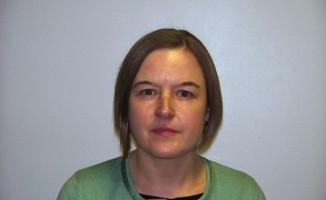Dona Milne on how insights gained from the research study Growing Up in Scotland can help shed light on the impact of youth work
The key ambition within the National Youth Work Strategy is that all young people in every part of Scotland should have access to high-quality and effective youth work practice. Part of achieving this is recognising the value and impact of youth work for young people. This prompted the formation of the Scottish Youth Work Research Steering Group. The group is made up of youth work practitioners, academics and leaders from within the youth work sector. Recently the group have been working with the Growing Up in Scotland team to see if they can help us look at the impact of youth work.
Growing Up in Scotland (GUS) is the longitudinal research study tracking the lives of children and their families in Scotland. Thousands of children and young people have taken part in the survey since birth. This year the eldest cohort started S1 whilst members of the younger cohort are aged 8.
Using the findings from GUS could give us an insight into which young people are accessing youth work, in which form- and most importantly, the outcomes of youth work
Dona Milne
The information generated from GUS is used by academics, parents, the voluntary sector and, importantly, decision makers. For the Scottish Youth Work Research Steering Group, using the findings from GUS could give us an insight into which young people are accessing youth work, in which form and what the outcomes of youth work are.
Whilst most youth work organisations will have a ton of stories about the impact of youth work on young people they work with, it is difficult and costly to track the outcomes of youth work on a national scale. Working with the GUS team gives us that option. There are two ways we are working with GUS. The first is to analyse the findings from previous surveys and the second to shape future sweeps of the survey.
Over the summer months the group looked at the information gathered from the last questionnaire around young people’s participation in out of school activities. It was really encouraging to find a large majority of young people reported taking part in out of school activities (over 80%).
The findings could be used to track the routes into participation in youth work and may point to groups of young people who are excluded from taking part. Some of the most important factors that indicated whether a young person was participating in out of school activities were the levels of parental education, family income and child health. Those young people from families with degree level of parental education, high family income and very good child health were more likely to participate in out of school activities.
The most common barriers cited by those who do not participate in any out of school activities were that the young person does not want to participate, it was impractical for the parents, the activity was not available or too expensive, and the young person’s disability or personality. Although further examination of this is required, the sector must self-assess how their youth work service is truly open for all.
This analysis is the first step to creating a Scotland-wide picture of the impact of youth work on young people.
Dona Milne is chair of the Scottish Youth Work Research Steering Group.







